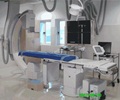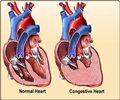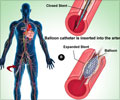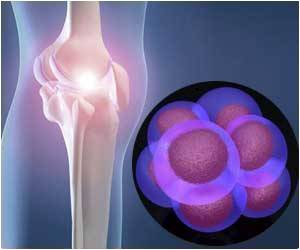A new technique to keeping heart arteries flowing easily after angioplasty shows fantastic success in early testing, visibly solving a major weakness
A new technique to keeping heart arteries flowing easily after angioplasty shows fantastic success in early testing, visibly solving a major weakness of the common procedure.Doctors released the longest follow up with the new technique - the drug-coated stent. In testing on 30 patients over three years, they found it to be 100 percent effective, an accomplishment almost unheard of in medicine.
More than 1 million Americans undergo angioplasty annually, and the new approach is likely to be used on most of them if these promising early results hold up in further testing. They could be on the market as early as next year.// During angioplasty, doctors fish tiny balloons through clogged heart arteries, then inflate them briefly to open up blood flow. Frequently, though, the arteries squeeze shut again. In recent years, doctors have often left behind tiny wire coils, called stents, to prop the arteries open.However, about one-quarter of the time, the reopened artery closes off, a condition called restenosis. It usually occurs when fast-growth scar-like tissue fills the artery, and it must be fixed with a repeat angioplasty or a coronary bypass.
The solution to this dilemma appears to be a new kind of stent that is coated with medicines that gradually ooze into the artery. The drugs keep cells from growing. At least eight different varieties - coated with different growth-inhibiting medicines - are now in testing, and many more are under development. The first was Cordis Corp.'s stent coated with the immune suppressing drug rapamycin, tested on patients in Brazil and the Netherlands.
Dr. J. Eduardo Sousa of the Dante Pazzanese Institute of Cardiology in Sao Paulo presented two years of follow up with those 30 initial patients. While three of them have needed heart procedures for worsening disease in other parts of their hearts, all of the areas treated with the Cordis stents are flowing freely. Sousa projected an X-ray of one of the patient's hearts, showing a wide, obstruction-free artery. ``No lesion. No problem,'' he said. ``The artery is completely open after two years follow up.''
Dr. Jean Fajadet of Thoraxcenter in Rotterdam gave results with the same stent after seven months in 238 patients. Again, not a single stent clogged up, compared with restenosis in 26 percent of those getting ordinary stents.
Dr. Sidney Smith, chief medical officer of the American Heart Association, cautioned that large, careful studies must be finished comparing the new stents with the ordinary kind. Nevertheless, he said, ``these are very impressive and very encouraging results. When you see zero restenosis at one year, it's a breakthrough. It's almost too good to believe when you see zero.''
Advertisements









